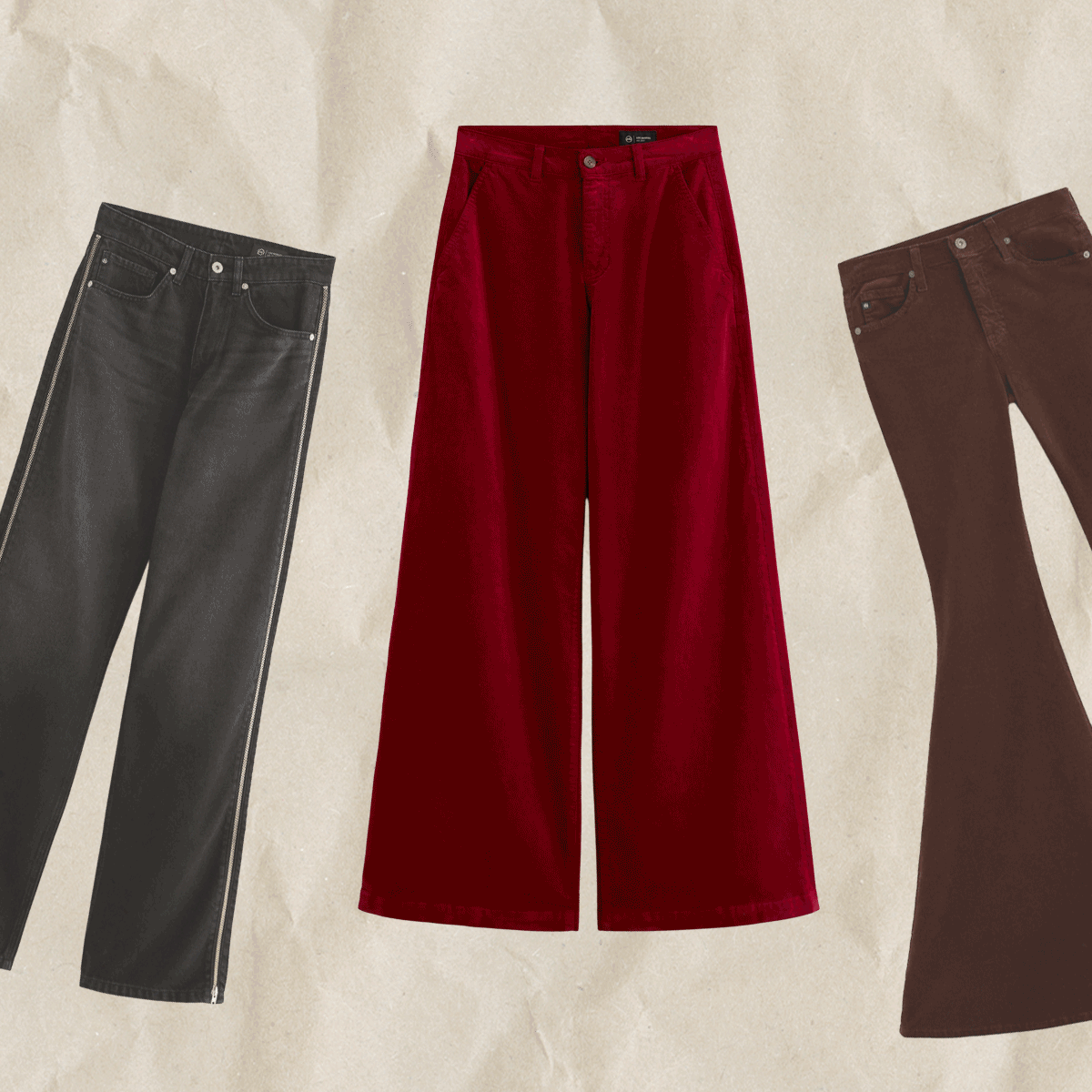
'Best time' to prune roses so they flourish and produce 'stunning blooms year after year' (Image: Getty)
One task that needs to be done every year to ensure roses flourish and thrive is pruning. Pruning requires gardeners to remove parts of plants such as leaves, stems and spent blooms to improve the plant's shape and overall health.
With this in mind, leading garden ladder expert Henchman has shared tips for pruning roses to ensure they "flourish" and "deliver stunning blooms year after year".
The experts said the "best time" to prune roses is in late winter or early spring before the plant starts to grow. However, they said when to prune the plants will also depend on the type of rose and when they were planted.
They said: "For example, rambling roses can be pruned in the summer after they’ve flowered, though a winter trim during peak pruning season can help keep them tidy. Light pruning in summer also helps to shape the bush and promote even more blooms."
Some roses can be lightly pruned in the summer months before being more thoroughly pruned in winter or early spring.
Get gardening advice straight to your phone Join us on WhatsApp
Our community members are treated to special offers, promotions, and adverts from us and our partners. You can check out at any time. Read our Privacy Policy
The experts said gardeners should "avoid pruning too frequently" and be cautious around new flowers and buds when it comes to pruning.
How to prune roses
1. Deadheading
First, gardeners should deadhead their roses using secateurs by removing old flower heads and any surrounding leaves.
While doing this task, gardeners should keep an eye out for "common" rose diseases like black spot and any pesky pests like aphids.
Infected leaves and stems should be removed to prevent diseases and infections from spreading to the rest of the plant.
2. Remove damaged stems
Next, gardeners need to remove any dead or damaged stems. The experts said: "Cut these back to healthy wood, making sure cuts are angled downwards to prevent water from pooling on the buds. For thicker branches, a pruning saw comes in handy."
3. Remove crossover stems and sucker canes
Remove any stems that cross over the centre of the plant to improve the plant's airflow. Sucker canes, the thorny stems that grow from the rootstock, should also be removed as they compete with the main plant for nutrients.
These need to be cut back from the base which may require gardeners to remove some soil to access the base of the plant.
Once cut, seal the pruned area with a sealer to protect the plant.
Invalid email
We use your sign-up to provide content in ways you've consented to and to improve our understanding of you. This may include adverts from us and 3rd parties based on our understanding. You can unsubscribe at any time. Read our Privacy Policy
4. Shaping
Old, woody growth, weak growth, spindly stems, wilted leaves and growth with poor flowering should also be removed.
"These stems typically lack the strength to support full blooms and should be removed," the experts added.
Once weak stems are removed, shape the bush according to its intended growth pattern. Roses that require an open shape should have inward-growing stems cut back, while roses that require upward growth should have outward-growing stems chopped back.
 2 hours ago
4
2 hours ago
4



















 English (US) ·
English (US) ·